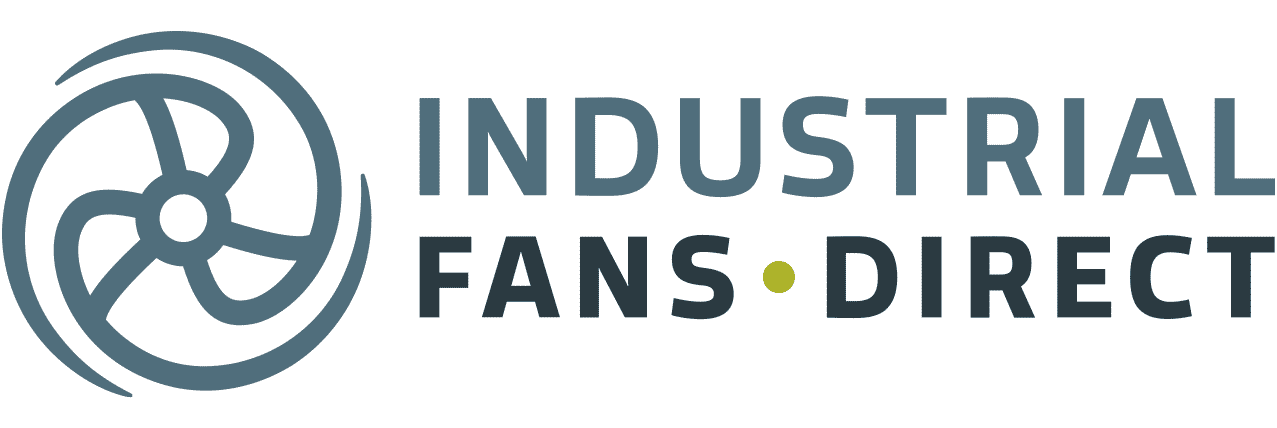Appropriate Use of Ventilation and Air Purification to Reduce the Risk of COVID-19
The U.S. Centers for Disease Control website recently published an article warning of possible COVID-19 transmission via an air conditioning system operating in a Guangzhou, China restaurant. Epidemiologists researching this event describe an outbreak infecting dozens of restaurant patrons may have been prompted by AC ventilation. Although patrons were practicing social distancing by sitting at tables spread widely apart, the novel coronavirus still managed to sicken nearly all diners on a night the restaurant used air conditioning to cool the dining area. Authors of the article highly recommend that restaurants and other commercial buildings employ better ventilation practices instead of relying on a simple air conditioning system that does little to decontaminate a building's air.
COVID-19 Spreads Rapidly in Uncirculated Air
A novel coronavirus that thrives on moist surfaces, COVID-19 is highly contagious and spreads easily between humans, especially in places where people are in close contact with each other. When a person infected with the virus talks, coughs, sneezes or exhales, that person sends millions of COVID-19 viruses into the air. Viruses can sustain themselves for as long as 30 minutes when transmitted into the air via droplets. This means that if an infected person coughs while standing near several people, the virus will have enough time to spread into the vicinity of others where it can be instantly inhaled as an active virus.
Additionally, one of the most dangerous facts about COVID-19 is that a person can carry the virus but remain asymptomatic. For this reason alone, commercial and industrial business owners should invest in effective, powerful ventilation systems that include air circulation fans to significantly reduce the risk of spreading COVID-19.
Air Scrubbers Improve Air Quality By Removing Organic Particulates Like COVID-19
Air scrubbers are air filtration devices that remove chemicals, gasses and particulates from air circulating in given areas. In facilities where airborne transmission of contaminates is prevalent, installing air scrubbers is one of best things a facility manager can do to reduce the risk of COVID-19 transmission among employees who wear masks and practice social distancing.
Air scrubbers utilize purification filters to remove both organic and inorganic particulates in air circulated within a designated area. Every hour, air scrubbers extract particulates multiple times from air while pumping in clean air that does not contain chemicals, gases or particulates.
Improve Air Circulation and Minimize Spread of COVID-19 with Inline Duct Fans
Cylindrical in shape and meant to be installed in a section of ductwork, inline duct fans boost movement and circulation of air through ductwork. Intensifying air circulation rate with an inline duct fan will increase the coolness or warmth in an area and improve air quality. The more air is circulated and kept moving in a particular area, the less likely COVID-19 viruses and other pathogens can survive in nontransmissible conditions.
Reducing the Risk of Contracting COVID-19 with Exhaust, Ventilation and Intake Supply Fans
When virologists initially discovered that COVID-19 was a highly infectious virus spread through airborne and surface transmission, the theory that HVAC systems could possibly cause cross-contamination immediately took front and center. The cross-contamination theory states that coronaviruses exhaled by infected individuals could enter a building's HVAC system, recirculate and infect other people. The case involving diners at an air-conditioned restaurant points to the veracity of this theory.
Although the risk of COVID-19 transmission within a commercial or industrial building cannot be entirely eliminated, managers can improve the ability of HVAC systems to remove contaminate air and replace it with cleaner air by installing exhaust, ventilation and intake supply fans.
In addition to enhancing ventilation and using HEPA air filtration systems, facilities should ensure their HVAC components are drawing in correct amounts of outside air. HVAC equipment should also be efficiently managing exhaust and pollution emitted by industrial facilities. Air supply and intake air fans will help further reduce the risk of COVID-19 transmission by increasing the amount of external air coming into a facility to decrease levels of "shared" air inhaled by individuals working within a commercial or industrial building.
Air Purifiers Offer Some Protection Against the Coronavirus
Virologists studying COVID-19 suggest air purifiers offer protection in some circumstances. For example, if a person is ill with a coronavirus infection and recovering in a quarantined room, air purifiers can help protect others living in the home from getting infected. Using only HEPA air purifiers is highly recommended since HEPA filters are designed to catch and retain microorganisms like bacteria and viruses.
Call Industrial Fans Direct today to learn more about adequately ventilating and purifying air in your industrial or commercial facility.
